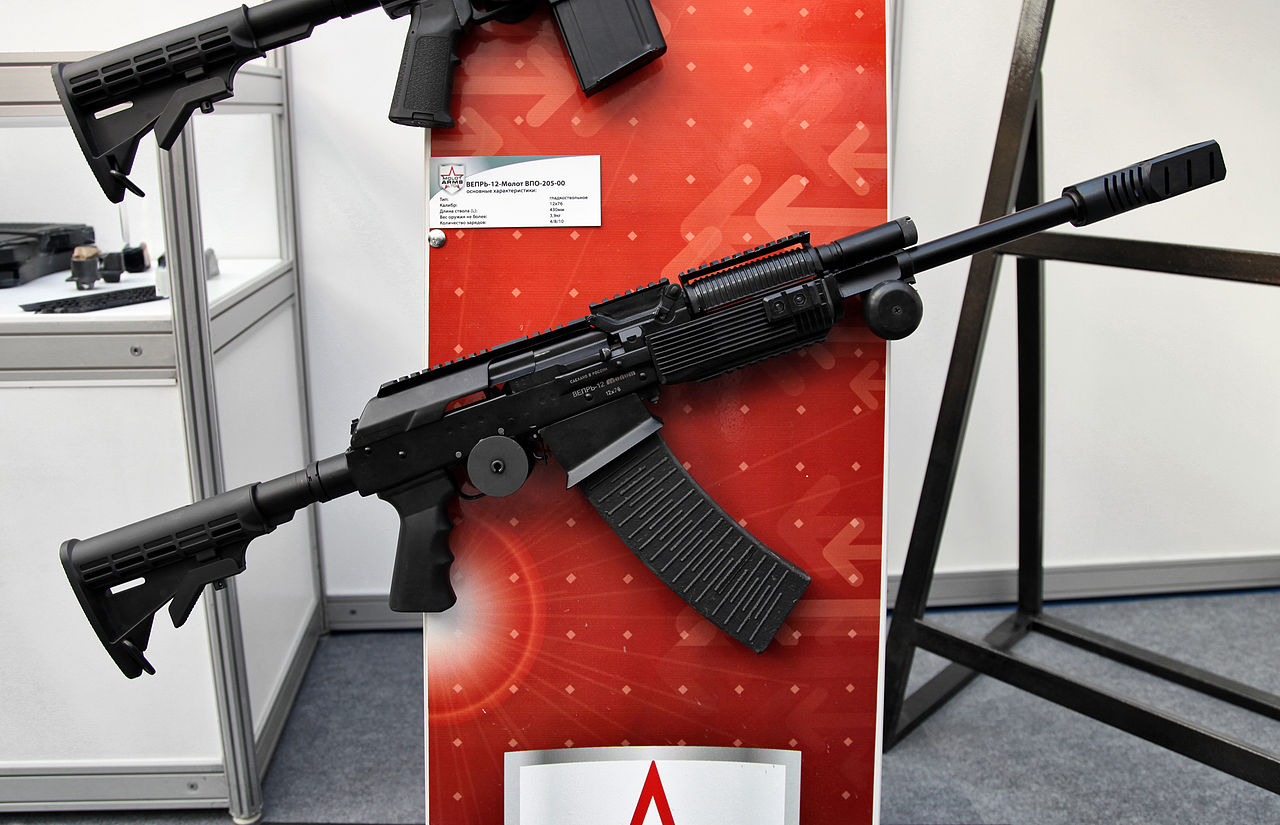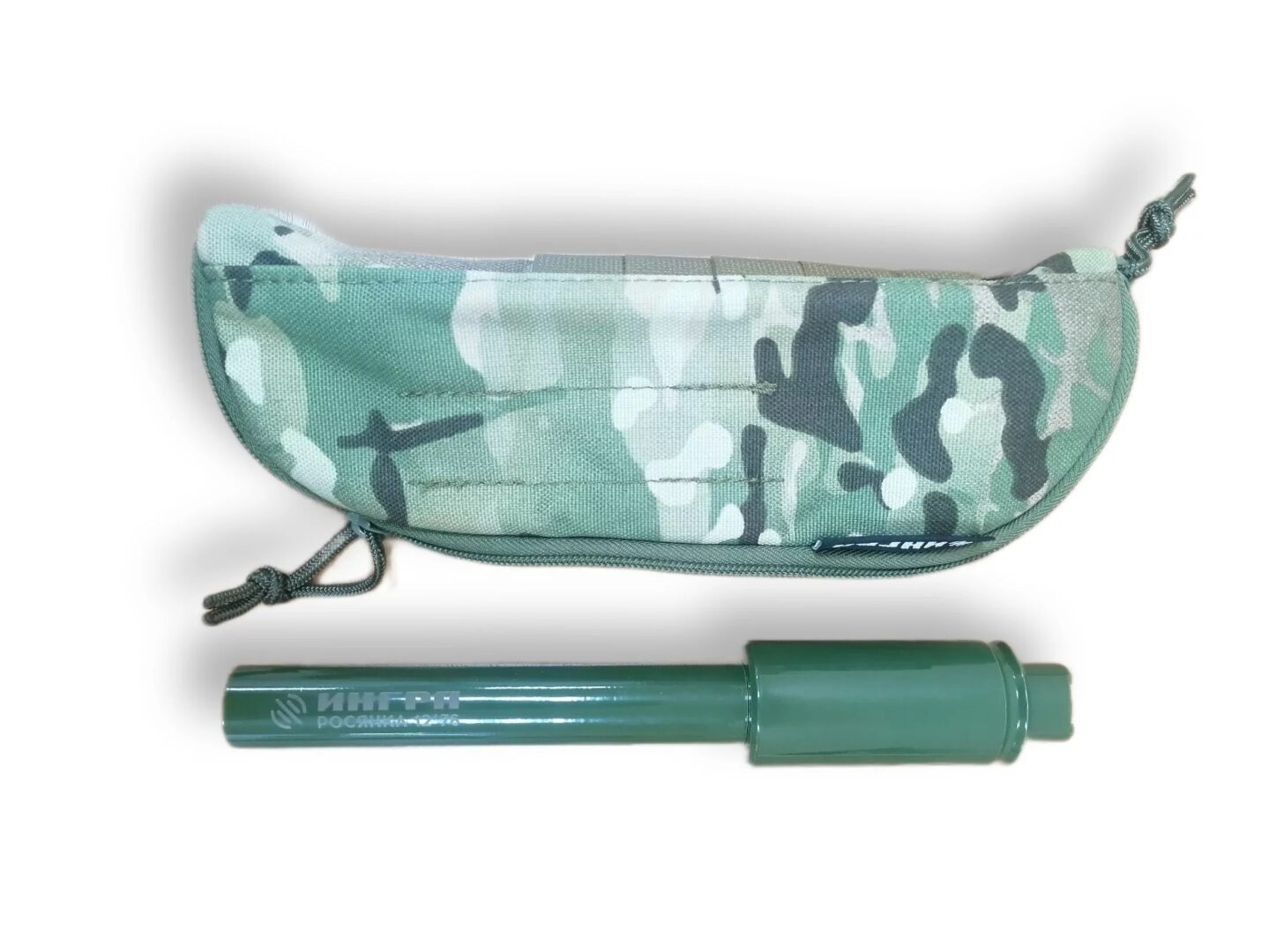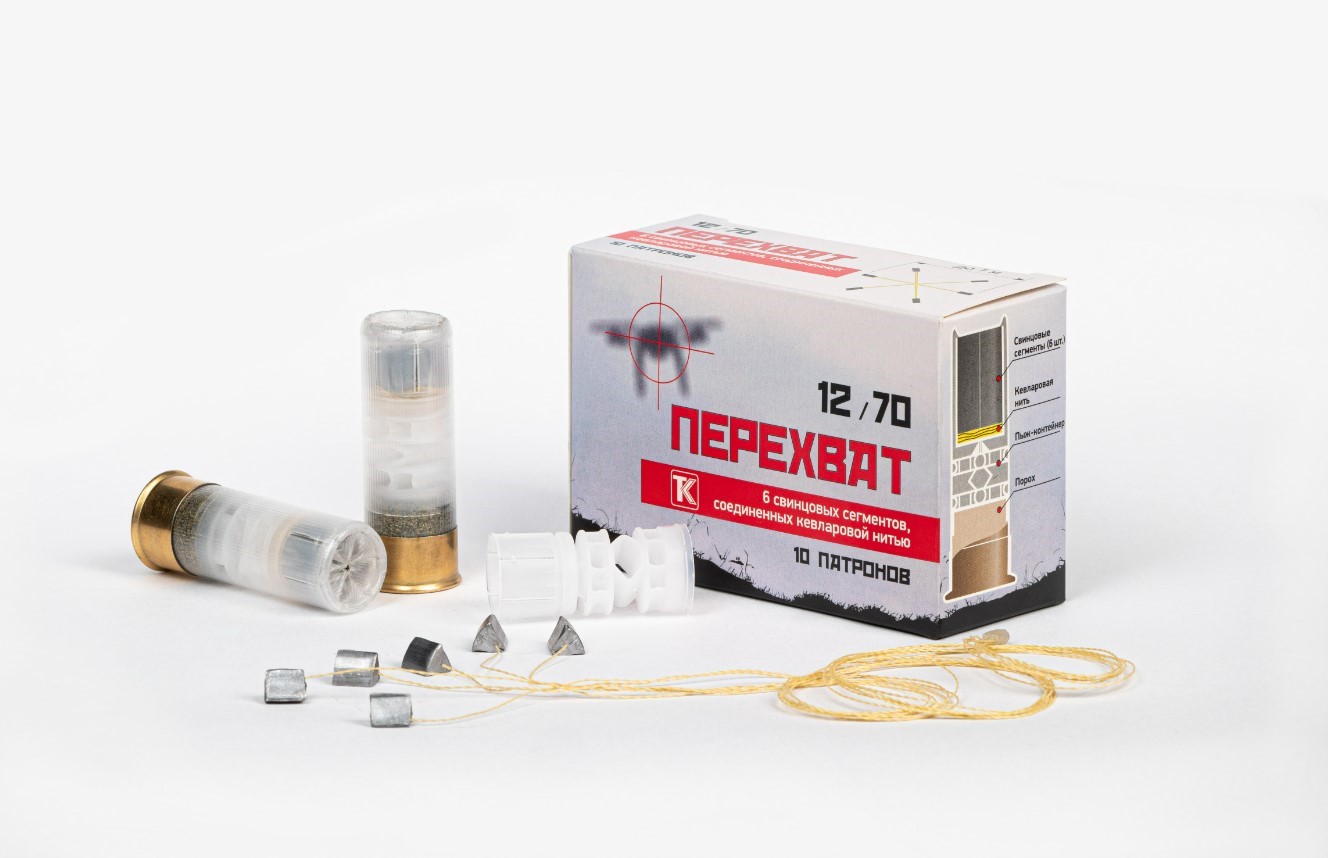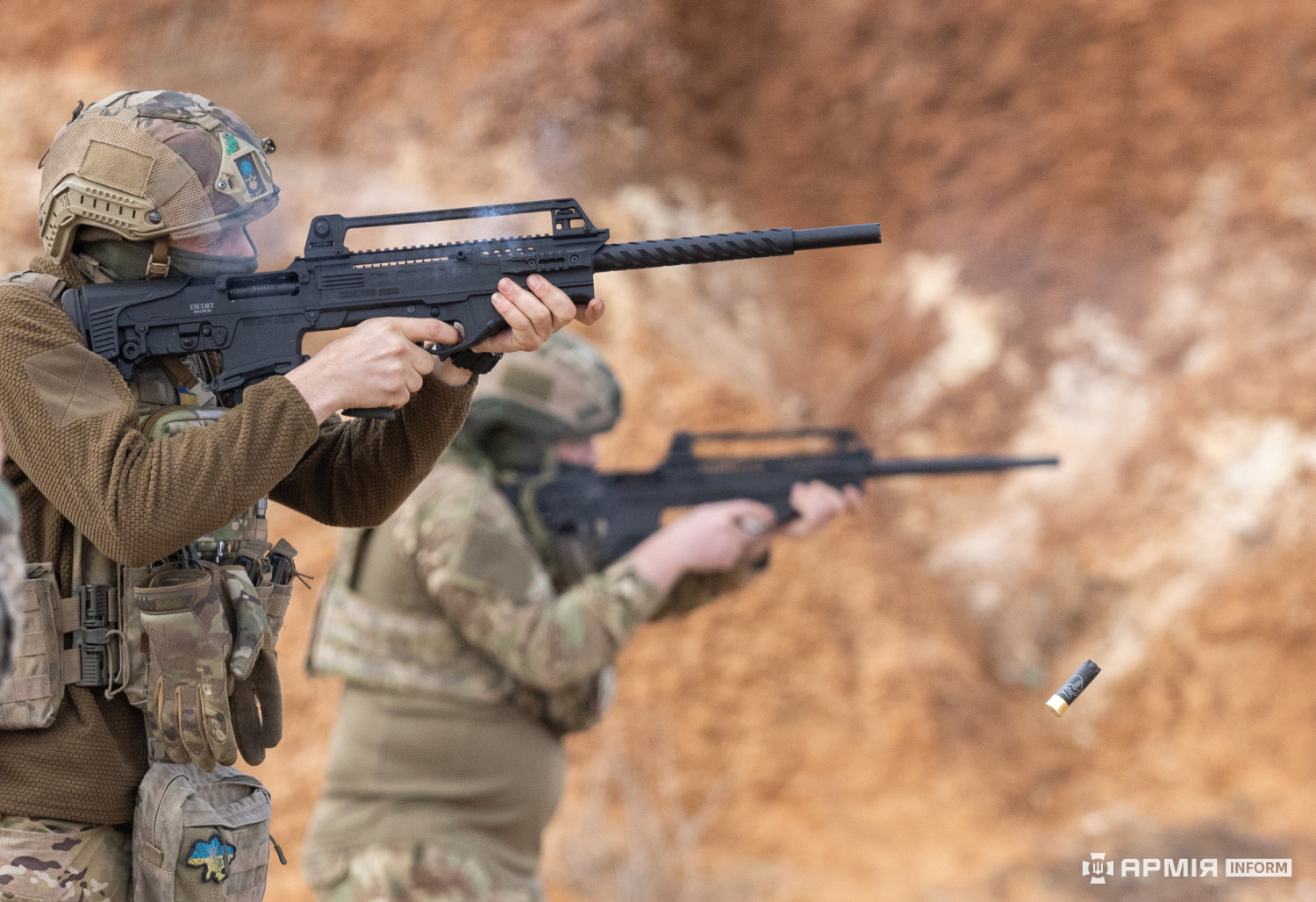Ukrainian SOF analyzes Russia’s use of shotguns to protect against FPV drones
5 November, 2024 Illustrative photo with an FPV drone of the Ukrainian marines. March 2024. Ukraine.
Photo: Marine Corps of Ukraine The Command of the Special Operations Forces of the Armed Forces of Ukraine has analyzed Russia's use of shotguns to protect against drones. German publication Hartpunkt reported on this, citing a document they obtained.
The document defines unmanned aerial vehicles as an indispensable and cost-effective means of reconnaissance, fire control, and a weapon carrier. Therefore, both Russians and Ukrainians have chosen the 12-gauge shotgun as a cheap means of defense against a cheap means of destruction. However, it is clear that the effectiveness of shotguns is limited to close range and that they can only effectively engage slow targets at low altitudes.
Tactics
According to the authors, the threat posed to the Russian armed forces by UAVs in general, and FPV drones in particular, has reached such a scale that a rifleman should be attached to every vehicle near the front.
There should also be a rifleman in every infantry group. In the case of vehicles, a guard in the back of the vehicle has proven to be a particularly successful measure since most drone attacks are carried out from this direction.
 Bulat-3 drone detector. Photo from open source
Bulat-3 drone detector. Photo from open source
There is a separate issue of drone detection.
According to the analysis, the Russian side uses passive drone detectors Bulat-3 and Bulat-4 for this purpose. Reliable detection by these detectors is possible from a distance of up to 1000 meters. Riflemen do not act alone but in conjunction with electronic warfare systems.
This makes it possible to achieve an effect at longer distances. The Russians also monitor the approach and departure routes of Ukrainian drones. Based on the reconnoitered drone routes, Russian troops set up ambushes with several shooters.
Means of destruction
 Vepr 12 semi-automatic rifle.
Vepr 12 semi-automatic rifle.
Photo from open source
Civilian shotguns of various designs are used as weapons. Among them, Vepr-12 and MP-155 semi-automatic rifles are becoming more common. The 12/89 cartridge is used to increase the effective range.
The analysis also briefly mentions Rosyanka adapters for GP-25 under-barrel grenade launchers manufactured by the Russian company Ingra. They allow the turning of an under-barrel grenade launcher into a single-shot shotgun. However, the analysis does not assess their distribution and effectiveness.
There is also a passing mention of experiments with self-loading rifles on remotely controlled combat modules. However, according to Ukrainian analysts, they are not fast enough to effectively fight UAVs at close range.
 Adapter "Rosyanka" GP-25 12 caliber of Ingra company. Photo: Ingra
Adapter "Rosyanka" GP-25 12 caliber of Ingra company. Photo: Ingra
Ammunition
As for ammunition, the bulletin authors analyze two different types of ammunition.
The first is a special ammunition produced by the Russian manufacturer Tekhkrym. Instead of shrapnel, this ammunition fires a weighted net. It opens up after the shot and is designed to destroy the propellers and rotors of the drone.
However, the effective range of this ammunition is even less than that of conventional shotgun shells. Russian tests show that the net opens along the trajectory and reaches its optimal deployment at a distance of 30 meters from the shooter.
 Russian anti-drone cartridge "Intercept" from the Techkrim plant. Photo: Techkrim
Russian anti-drone cartridge "Intercept" from the Techkrim plant. Photo: Techkrim
The perfect pellet size is 3.5 mm and an initial flight speed of 500 m/s with a charge weight of 40 to 45 g.
This makes obtaining a sheaf of 150-170 elements possible, which ensures a maximum effective range of 50 to 75 meters. The analysis emphasizes the importance that the Russian side attaches to the training of shooters to defend against drones. In particular, it emphasizes investments in realistic training centers.
Civilian instructors in sport shooting with shotguns are also involved in improving training. According to the authors, the organization of special training and the development of adapted ammunition indicate that the Russian side is serious about drone defense. And it has the necessary adaptability to respond to this threat.
In March 2024, it was first publicly announced that the Russians had infantrymen who hunt drones. They are armed with hunting rifles and carry drone detection and suppression equipment.
 Training of soldiers of 68th Jaeger Brigade with Hatsan Escort BTS rifles. Photo credits: Olena Khudyakova/ArmyInform
Training of soldiers of 68th Jaeger Brigade with Hatsan Escort BTS rifles. Photo credits: Olena Khudyakova/ArmyInform
At the same time, in April 2024, soldiers of the 68th Jaeger Brigade released footage of training exercises with Hatsan Escort semi-automatic shotguns to combat enemy drones.
In October 2024, the Ministry of Defense of Ukraine codified and authorized using the Safari HG-105M semi-automatic shotgun in the Defense Forces.